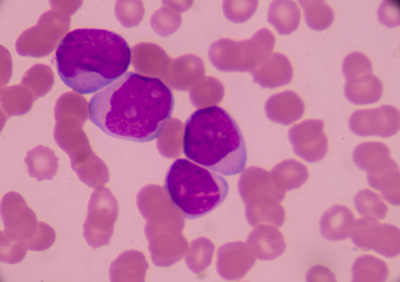A new clue to fighting acute myeloid leukaemia
Posted: 29 March 2016 | Victoria White | No comments yet
The findings, made by scientists at the National University of Singapore, open a new door to treating the AML more effectively…


A study has uncovered a new clue that may help fight acute myeloid leukaemia (AML), the most common form of cancer of the blood and bone marrow, and an aggressive type of cancer.
The findings open a new door to treating the disease more effectively.
AML usually originates from the bone marrow, where blood cells are produced. It is characterised by an overproduction of impaired white blood cells. The differentiation of immature white blood cell precursors into functional white blood cells is an essential process mediating the body’s immunity. The research team found that an enzyme, GCN5, is able to inactivate a protein called C/EBPa in myeloid precursor cells. This prevents immature myeloid white blood cells from maturing into granulocytes – which make up about 70% of white blood cells in the body. As a result, healthy white blood cells formation is disrupted.
“An alternative therapeutic strategy”
The team, led by researchers from the Cancer Science Institute of Singapore (CSI Singapore) at the National University of Singapore (NUS), discovered that the inactivation of the C/EBPa protein is carried out by acetylation, which is a process by which GCN5 adds an acetyl group onto C/EBPa reducing the ability of C/EBPa to bind to DNA and modulating its transcriptional activity in the cell.
Identification of this molecular pathway provides clues towards targeting the GCN5-mediated acetylation of C/EBPa in the treatment of leukaemia.
Professor Daniel Tenen, Director of CSI Singapore, said, “As AML is a fast-growing cancer, timely treatment soon after diagnosis could increase patients’ chances of survival. The current main treatment strategy for AML is cytotoxic chemotherapy. Our research results form the basis of an alternative therapeutic strategy that could potentially reduce remission risks and improve cure rates. Moving forward, the team is looking into designing effective GCN5 inhibitors for therapeutic purposes by studying GCN5 in AML further in depth.”
Related conditions
Leukaemia
Related organisations
National University of Singapore



